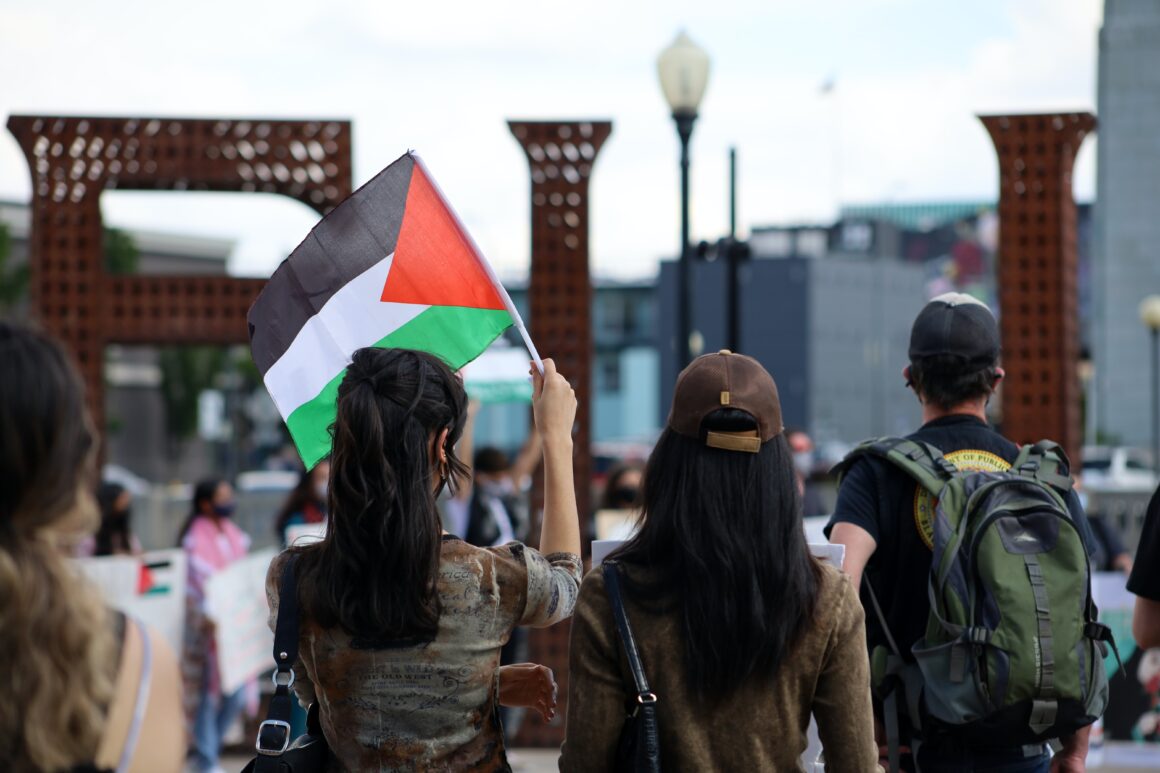Every year, thousands of children and teenagers gather along rows of tobacco to pick the leaves for cigarette companies. In front of them are long and physically heavy workdays in extreme heat, with neither adequate breaks or proper shade. Together, they are part of a larger group of agricultural child workers who remain invisible and unprotected by the state. Since child labor still isn’t something of the past in the U.S., these children have to grow up under the burden of carrying out the most dangerous jobs in the country.

Young tobacco workers, who most commonly are Hispanic, typically work 50 to 60 hours a week for minimum wage in states such as North Carolina and Virginia (some earn even less than that). Protective gear is rare, and so is health and safety training. Consequently, they come in direct contact with tobacco, which leads them to absorb nicotine directly through the skin whenever the leaves are wet from morning dew or rain.
According to one study, a tobacco worker will regularly absorb the nicotine equivalent to six cigarettes a day, despite the fact that some haven’t even turned twelve.
Two out of three child workers have, according to a groundbreaking study in 2014 from Human Rights Watch, experienced symptoms of acute nicotine poisoning, a condition characterized by nausea, vomiting, headaches, dizziness, and muscle weakness. The work also commonly cause breathing problems and skin allergies.
If the Trump administration succeeds, farms could also go back to using incredibly dangerous pesticides. While Former President Barack Obama enacted regulations that forbid workers under eighteen from handling harmful pesticides, the Trump administration wants to roll back these rules.
What does the law say?
Heavy physical labor with sharp tools, long hours in extreme heat, exposure to nicotine: there is no doubt that the work can be classed as hazardous. Even beyond tobacco farming, hundreds of thousands of children perform dangerous work on farms around the country. Research estimates that one child dies in a child farming accident nearly every three days. Human Rights Watch states the following:
“Data from the US government illustrates that agriculture is the most dangerous industry for young workers – In 2012 there were more than 1,800 nonfatal injuries to children under 18 working on US farms, and two thirds of children who died from work injuries were agricultural workers.”
According to international labor standards, work performed of people under eighteen that is “likely to harm children’s health, safety, or morals” is classed as child labor (ILO Convention No. 182). Despite that, child labor within agriculture remains legal based on U.S. standards.
The regular laws in place to prevent child labor don’t apply to agricultural work. Children aged twelve or above can work unlimited hours on farms as long as they go to school and have parental permission, whereas the minimum age within other sectors typically ranges between 14 and 16 years old. In addition, small farms are allowed to employ children of any age, with no restrictions. Regarding hazardous work, agricultural workers are allowed to occupy jobs classed as hazardous by the US Department of Labor if they’re at least sixteen, compared to the typical minimum age of eighteen for all other sectors.
However, tobacco farming is not officially classed as a hazardous occupation and remains legal for children under sixteen, as does several other types of hazardous agricultural work.
Why isn’t the child labor prohibited?

The absurdity of the situation is apparent. As an article in Mercury News pointed out: “We prohibit children from working more than four hours in coffee shops but let them work 16-hour days in cotton fields.” So why are there such loose restrictions for work performed by children within agriculture?
Well, to understand the situation, one mainly has to turn to the beliefs that surround American family farming. Stricter child labor policies are by some believed to threaten family farm traditions in states such as North Carolina. Rules were proposed by the Obama administration in 2012 that, among other things, would restrict the agricultural working age to sixteen. Loud protests voiced by Republicans and farming groups then claimed that the rules threatened family farming and rural traditions, which ultimately led to the rules being withdrawn by the Labor Department.
However, critics have argued that policy changes wouldn’t affect family farming nearly as much as has been claimed and that “the proposal [in 2012] was twisted into ‘kids not being able to operate battery-powered flashlights on farms.’”
Melissa Bailey, the outreach coordinator at the Kinston Community Health Center in Kinston, North Carolina, has stated the following:
“First of all, the farms impacted most by child farm workers, they were enormous operations, corporate farms. It was not a matter of the Smiths down the road employing children through a contractor — that was rare, if at all. So it becomes very difficult when you’re trying to change labor laws, and you have a voice as loud, as prominent, as strong as American Farm Bureau.“
Child farmworkers’ advocate Norma Flores Lopez expressed her sadness over the setback in 2012 in an article for the Huffington Post: “We felt that these were commonsense protections that maintained the traditions of family farms and would have saved many kids’ lives.”
What about the tobacco companies?
Despite the lack of federal restrictions, many large tobacco companies have independently taken action and forbidden children under sixteen to work on their fields. However, it is unfortunately not that simple. In the long chain of producers, it is difficult to trace back the original people harvesting the tobacco leaves.
Melissa Bailey explained in an article for The Atlantic that those who employ the children often don’t consider their age, despite a company’s policies, “It is labor-intensive for a few weeks, where you need as many people as you can to get it topped [a part of the tobacco farming process] as quickly as you can.’ This means that farmers are pressured to fill the fields quickly with workers and look for able bodies rather than paperwork. ‘So it is a prime candidate for child labor,’ she added.”
A complex issue to resolve

Beyond the lack of protection, the children and teenagers that work with tobacco farming are already in a vulnerable situation. They have all grown up in poor households and do typically work to support their families financially.
According to estimates from the Government Accountability Office, one in three of these workers will never complete high school.
Because of the position that many of the teenagers are in, the child labor problem is multi-faceted and complicated to resolve. Raising awareness about the issue or restricting the child labor is good, but it ultimately doesn’t substitute for the loss of income that the children’s families would face. When two of the largest tobacco grower associations chose to forbid their farms from hiring anyone under 16 several years ago, many children simply traveled farther to work with tobacco.
It is also important to not merely focus on tobacco farming. According to specialists, children will continue to perform hazardous agricultural work even if tobacco picking is banned for young workers. While other crops might not subject them to the dangers of nicotine, they will still suffer from toxic pesticides, extreme heat, and too heavy loads.
Additionally, the heavy opposition to any legal change makes it very difficult to achieve progress. The way forward right now, however, is to raise awareness about the problem. These child workers, who are invisible and unheard of by most Americans, need to be seen and listened to. Only then can change be made, and if one thing is for sure, it’s that change is desperately needed.
Featured Image Via Benedict Evans/HRW




